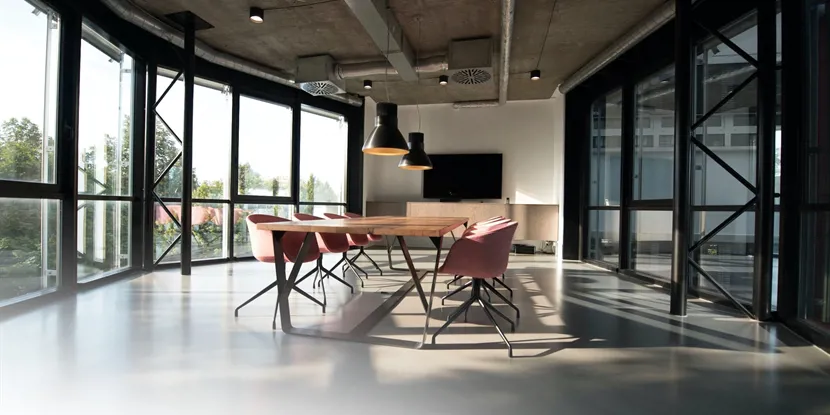Open Space

What is Open Space?
Open Space refers to a specific area within a property deliberately left untouched or free from development. It's marked by the absence of permanent structures or buildings. In the realm of urban planning and real estate, Open Space serves a multitude of purposes, touching upon environmental, social, and economic dimensions.
Why is Open Space Crucial for the Environment?
From an ecological standpoint, Open Space is a guardian of nature. It aids in preserving natural habitats, promoting biodiversity, and ensuring sustainable land use. By safeguarding ecosystems and vital natural resources, Open Space combats the detrimental effects of urban heat islands. Moreover, it enhances air quality and offers a solution for effective stormwater management, reducing the strain on local infrastructure.
How Does Open Space Benefit Communities?
On the social front, Open Space is a sanctuary for recreation and robust community engagement. It gifts residents with vast outdoor areas, including parks, playgrounds, and sports fields. These spaces not only promote physical well-being but also encourage social interactions, significantly elevating the quality of life in a neighborhood or development.
Can Open Space Influence Property Values?
Absolutely! Economically speaking, Open Space's impact on the real estate market is tangible. Properties located near well-maintained Open Spaces often fetch higher prices due to their enhanced appeal. Take, for instance, a housing development centered around a vast park or greenbelt. Such a setting naturally attracts buyers looking for picturesque and peaceful surroundings. The presence of Open Space also boosts a property's marketability and long-term value, offering a competitive advantage in the bustling real estate arena.
In Conclusion...
Open Space isn't just an empty plot; it's an essential component of sustainable real estate development. By offering environmental, social, and economic benefits, it significantly elevates the allure and desirability of a location. As the emphasis on green spaces and sustainable living grows, the role of Open Space in urban planning and development will undoubtedly remain paramount.






